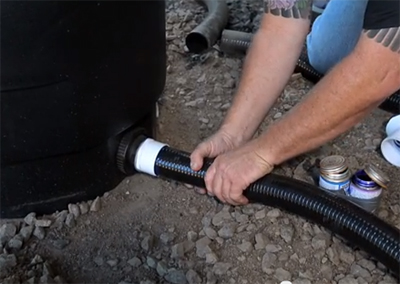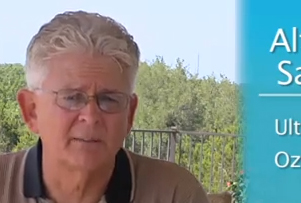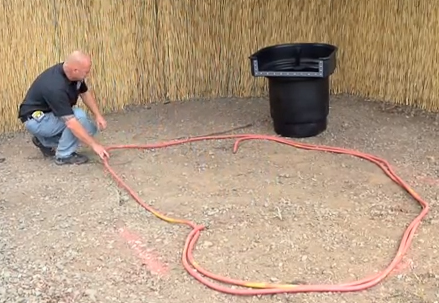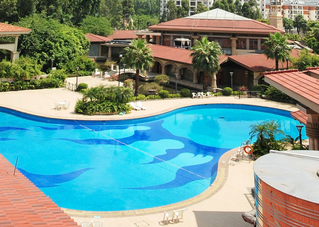ARTICLES
Advance Search
Aquatic Health
Aquatic Health, Fitness & Safety
Around the Internet
Aquatic Culture
Aquatic Technology
Artful Endeavors
Celebrity Corner
Life Aquatic
Must-See Watershapes
People with Cameras
Watershapes in the Headlines
Art/Architectural History
Book & Media Reviews
Commentaries, Interviews & Profiles
Concrete Science
Environment
Fountains
Geotechnical
Join the Dialogue
Landscape, Plants, Hardscape & Decks
Lighter Side
Ripples
Test Your Knowledge
The Aquatic Quiz
Other Waterfeatures (from birdbaths to lakes)
Outdoor Living, Fire Features, Amenities & Lighting
Plants
Ponds, Streams & Waterfalls
Pools & Spas
Professional Watershaping
Structures (Editor's Notes)
Travelogues & History
Water Chemistry
WaterShapes TV
WaterShapes World Blog
Web Links
Around the Internet
Aquatic Culture
Aquatic Technology
Artful Endeavors
Celebrity Corner
Life Aquatic
Must-See Watershapes
People with Cameras
Watershapes in the Headlines
The video linked below covers one of the many phases of a pond-installation project that can seem less critical than it really is. As I mention there, homeowners in particular tend to look at plumbing of the filter as pretty much the equivalent of working on the sprinklers – and they’re not far off, practically speaking. But the difference
This has been a summer I won’t soon forget, personally or professionally. On the former side, it started wondrously with the birth of my first grandchild, which came shortly before I helped my oldest daughter, her husband and the new baby move houses (an adventure that sent me to the hospital with a severely strained back). It continued with my youngest daughter’s completion of her undergraduate studies, her grand tour of Europe and her start in medical
Of all the decisions related to swimming pool projects, the one that tends to be the most difficult for average consumers to wrap their minds around has to do with selecting the sanitizing system. And that’s with good reason, because water treatment is a complex, science-laden topic that can involve a lifetime of study. As a result, I figured that a simple, direct approach would be best in
I confess to having a weakness for this sort of fountain: There’s probably something about the mixture of water and “animated” sculpture that grabs my imagination in a way that isn’t true of many large-scale water displays.
It this case, it may also have something to do with serendipity and the fact that, the first time I saw this composition, I came upon it entirely by chance. It was about ten years ago, while I was in Irving, Texas, for a series of meetings and had part of a day to myself to walk around and take in the nearby sights.
It was early in the morning when a view of Williams Square opened up and I saw the Mustangs of Las Colinas, a string of larger-than-life bronzes by Robert Glen that seem to run through a narrow watercourse. (That “stream” and the surrounding plaza were devised by SWA Group, a landscape architecture firm with offices in California, Texas and overseas.)
The composition was eight years in the making by the time it was unveiled in 1984, and I remember well the high (and much-deserved) level of attention and praise it gathered in the architectural press at the time.
This is exactly the sort of chance encounter that made me happiest about being a steady traveler for so many years. If you find yourself in the Dallas area and have any opportunity to see this work of watershaping art in person, I strongly recommend the effort!
To see a brief video of the Mustangs at Las Colinas, click here.
Making the transition from printed magazine to digital newsletter has been interesting, to say the least. I never thought I’d even think something like this, but there are so many advantages to the “new media” approach that I wouldn’t even consider doubling back to ink and paper at this point. One limitation that always bothered me in print, for example, was the fact that my art director and I had to select from among so many nice, wonderful, big photographs and crunch them down into tiny spaces. To be sure, we balanced the small ones with lots of large ones, but I can’t think of too many features in which I didn’t wish for extra
Several months ago, a big idea crossed my mind and wouldn’t go away. For years now, I’ve been making videos about what I do as a pond designer and installer, and several of these recordings have appeared through WaterShapes EXTRA and WaterShapes.com in the past year or so. What if (I thought to myself), instead of covering things randomly, I switched over to a systematic approach and took the whole
Almost anyone who’s spent much time around swimming pools is familiar with the classic method for measuring their water volume – that is, by multiplying length by width by average depth and then multiplying that result by 7.5, which is approximately the number of gallons in a cubic foot. That’s all well and good for basic rectangular watershapes, but what do you do when the pool in question has a truly irregular shape? The answer, as we’ll discuss here, has to do with
U.S. Men's 4X100 Relay Team Disqualified After Winning Race
Compiled and written by Lenny Giteck German Cop Stops BMW Convertible Converted into Rolling Swimming Pool
New York's Floating Pool Coming Close to Being Built




















